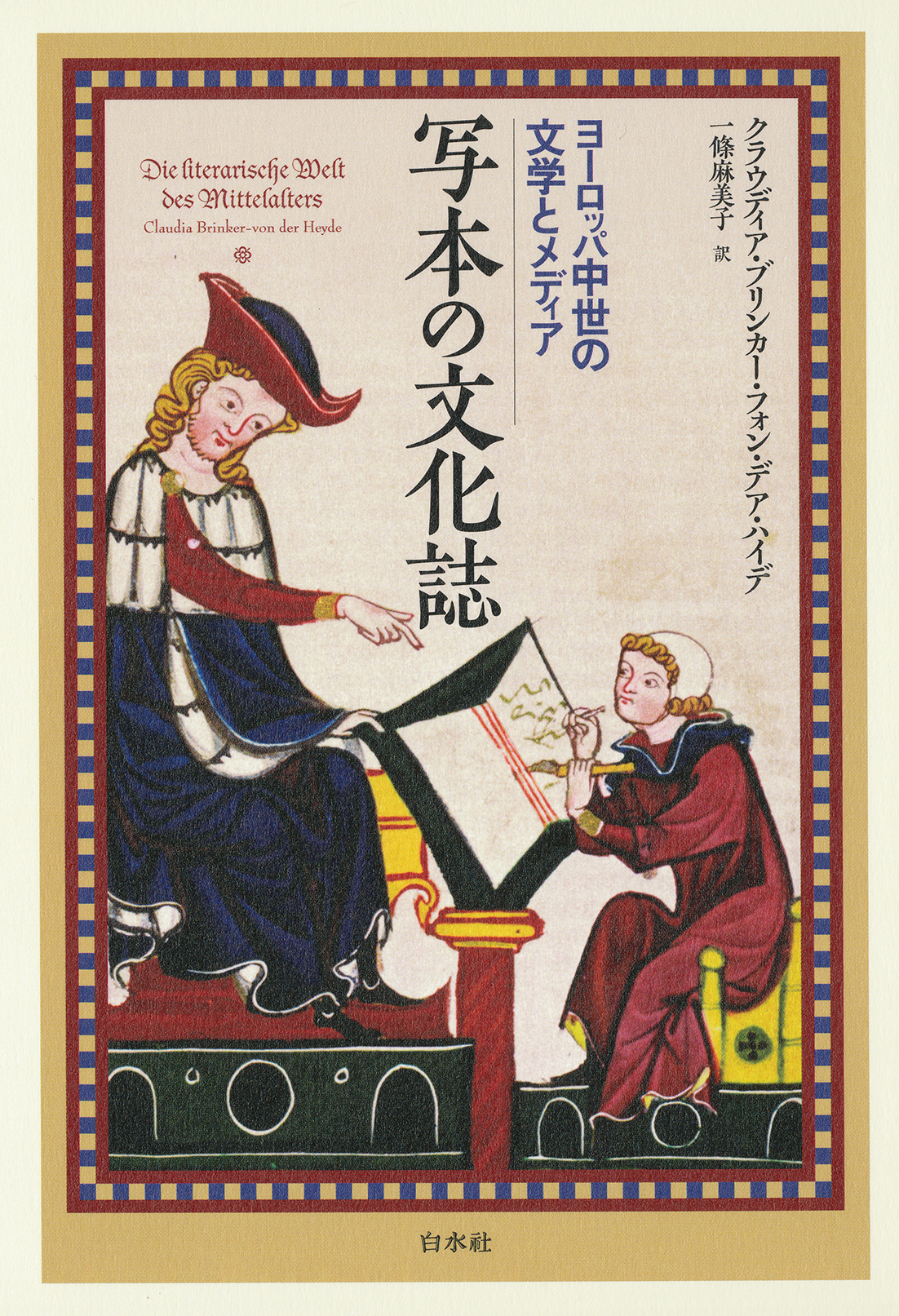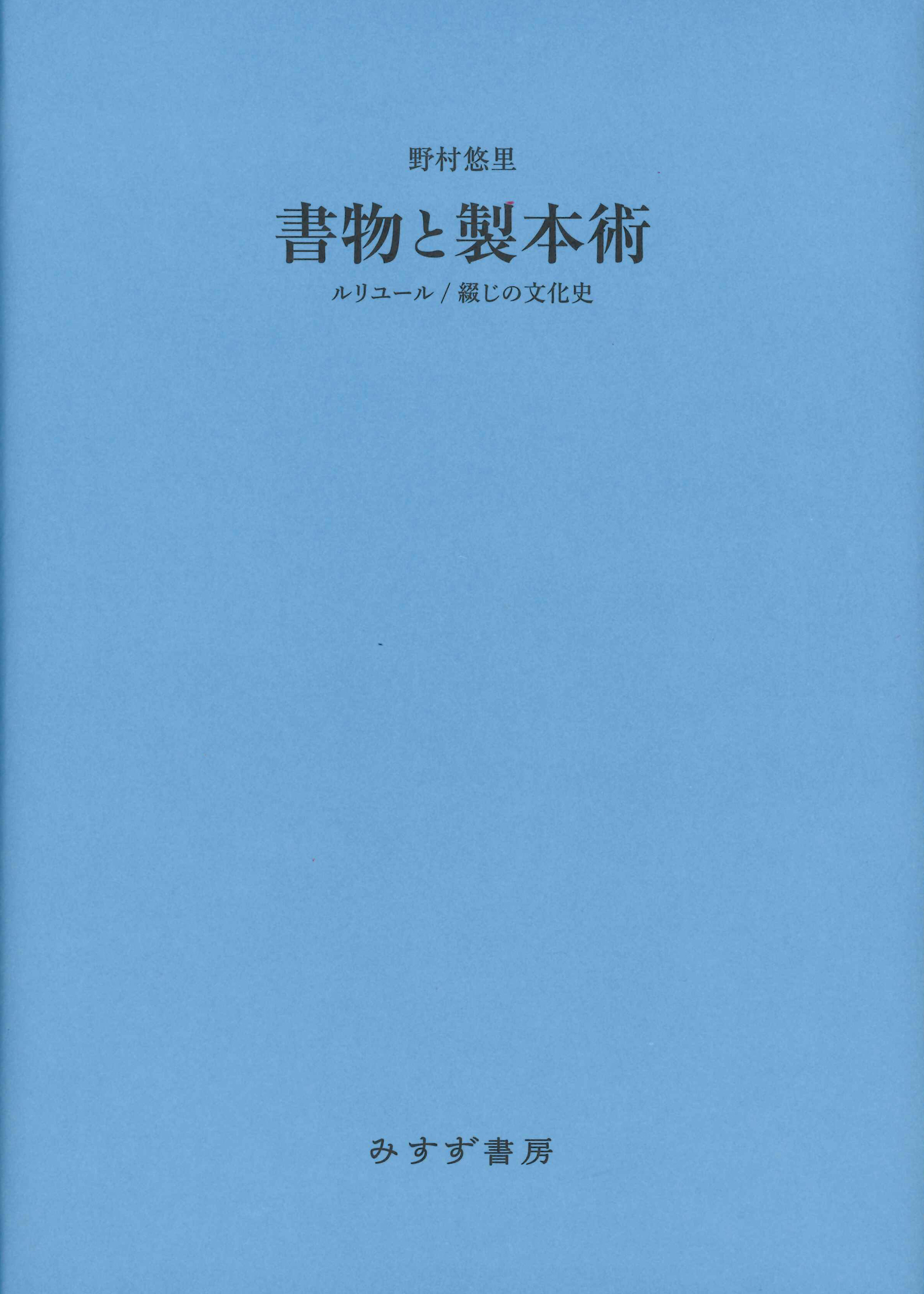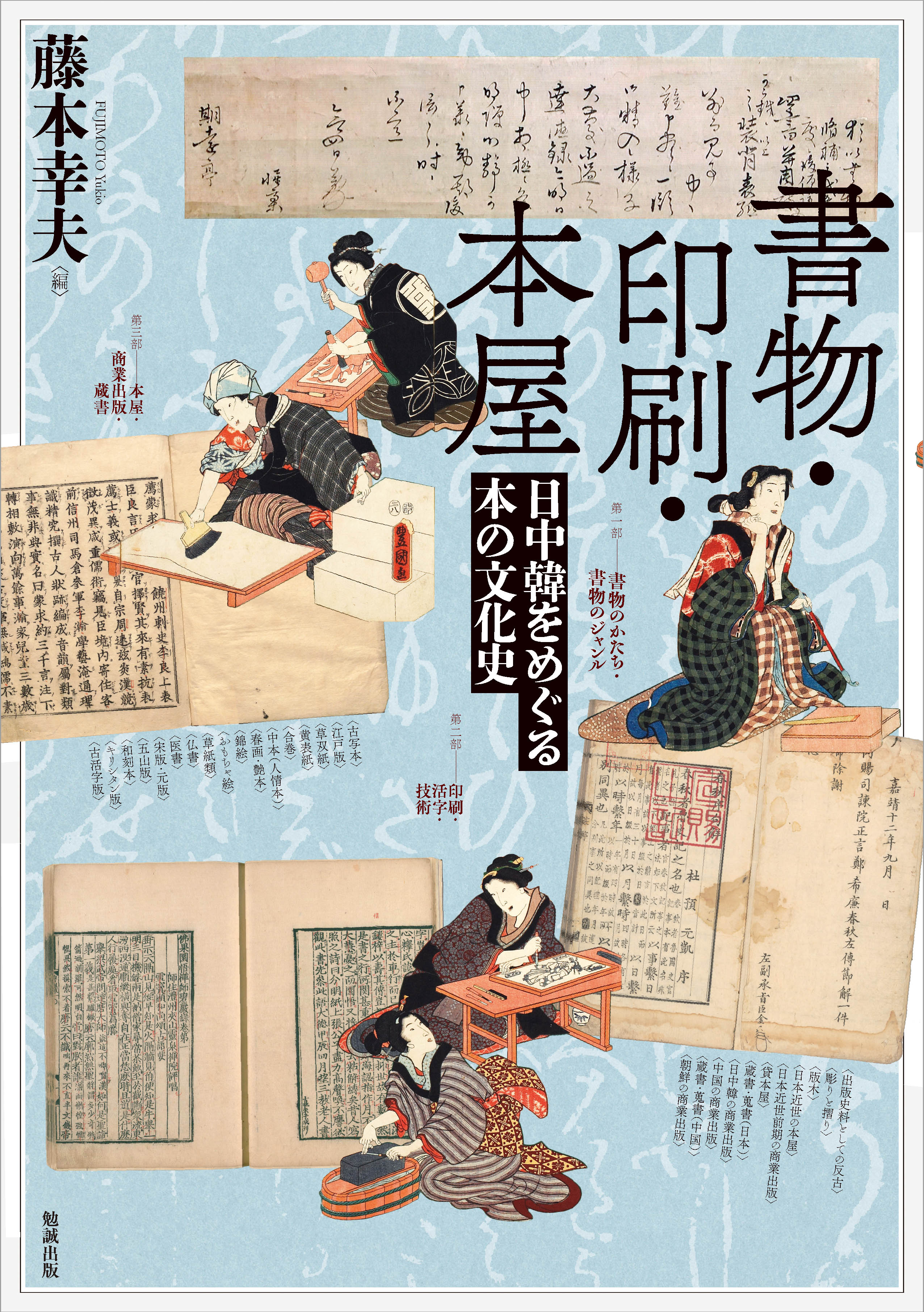
Title
Shahon no bunkashi (Cultural History of Manuscripts - Literature and Media in Medieval Europe)
Size
296 pages, 127x188mm
Language
Japanese
Released
July 21, 2017
ISBN
9784560095591
Published by
Hakusuisha
Book Info
See Book Availability at Library
Japanese Page
What image comes to mind when you think of “literature”? You may think of books that are lined up in a library or bookstore. You may pick one, keep it close at hand, open it, and read it. In recent years, many people have also been reading digital books. Whatever medium you may choose, you can read the same work if you select the same author and the same title. The author’s finished work is protected by copyright as an unalterable object. These are the characteristics of contemporary literature.
Such a view of literature has emerged undoubtedly as a result of printing technology. Books began to be mass-produced, and the knowledge once monopolized by the upper class of society became widely available to the public, thanks to printing technology. Moreover, printing technology triggered social transformations, most notably the Protestant Reformation. This much is explained in textbooks on world history. However, printing technology promoted more than just the popularization of knowledge. The method whereby type pieces on a plate are pressed against printing paper made it possible to mass-produce identical texts and gave us the sense that texts are unalterable.
The situation was different before Gutenberg invented the printing press. Texts were produced manually, with scribes copying each letter on parchment using a pen and ink. There were all kinds of scribes. Some worked very carefully, while others were so inattentive that they skipped certain lines. However, they were not as concerned about producing identical copies without changing a single word as we are today. People’s understanding of “textual accuracy” was fundamentally different before the advent of printing technology from what it is now. In other words, our perception is not permanently unchangeable.
Shahon no bunkashi describes the medieval literary world where the contemporary definition of “text” is not applicable. First, it explains in detail the process of producing manuscripts as a medium of textual transmission – a process that involves the use of parchment and quill pens – as well as the ink-manufacturing method and the work of scribes, editors, and illustrators. Furthermore, the book uses extant manuscripts to describe the process in which scribal culture was formed in the vernacular through various external factors, including the cultural maturity of those who ordered manuscripts and those who read them and the value of manuscripts as objects (a symbol of power, political gifts, etc.). Learning about the way in which texts were handled back then, which is different from the present-day practice, will certainly shake your view of literature. However, does the situation described in the book belong to a distant past that has already been driven out by printing technology?
We are currently in the midst of a media revolution known as digitalization. As mentioned at the outset, an increasing number of people read literature using a tablet or smartphone, instead of holding a physical book in their hand. Texts created with the participation of many people (such as Wikipedia) no longer seem so alien to us. Perhaps this may indicate that we are returning to the textual world of the Middle Ages, a world prior to the advent of the printing press. If so, knowledge of the Middle Ages may possibly predict our future.
(Written by ICHIJO Mamiko, Associate Professor, Graduate School of Arts and Sciences / 2020)
Related Info
Brinker-von der Heyde, Claudia “Die literarische Welt des Mittelalters” (Wissen Bildung Gemeinschft, 2017)
https://www.wbg-wissenverbindet.de/shop/28932/die-literarische-welt-des-mittelalters



 Find a book
Find a book




